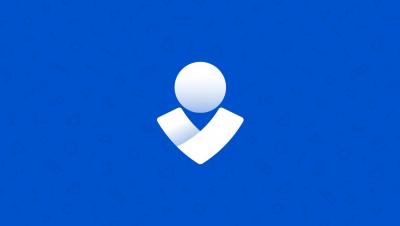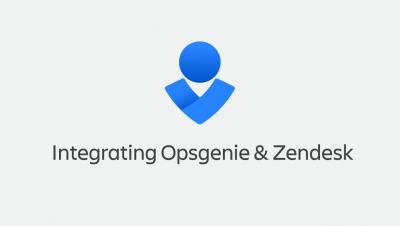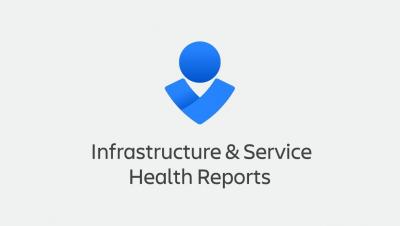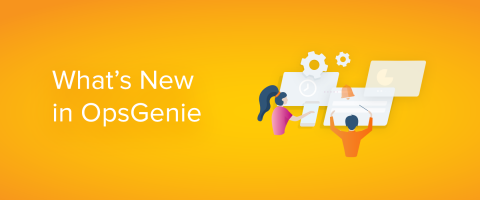6 Ways to Avoid the 'Swivel-Chair' Effect
When an incident occurs, do you shudder when either you or your team proceed to open multiple browser tabs for each of your monitoring tools? This is the picture painted by the “swivel-chair” effect, context-switching between tools to gather information needed to determine a path of resolution.











